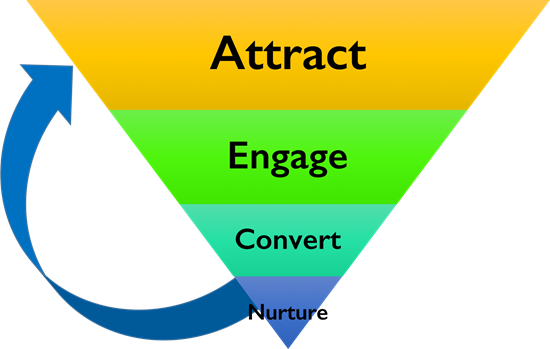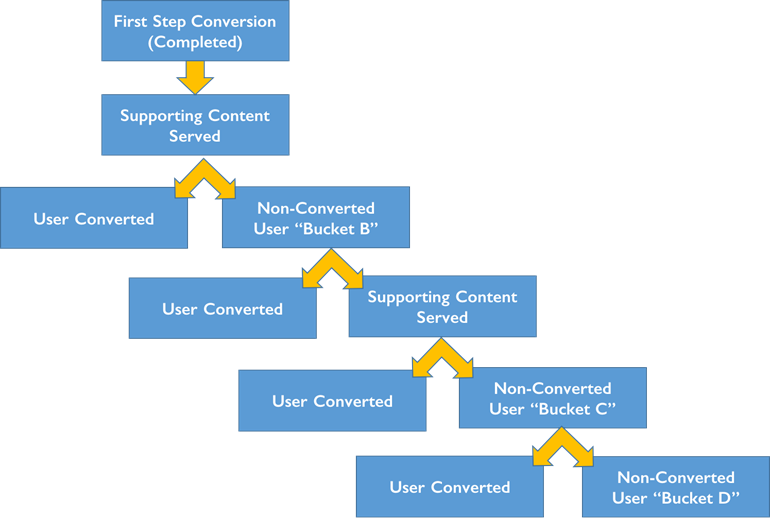“Lead Nurture” is, by no means, a new term in the marketing world, however, it is a topic that has been trending in the marketing world lately, especially in PPC. Before we discuss how to develop a lead nurture strategy, first you have to understand what is “lead nurturing?”
Lead Nurturing, by definition, “is the process of developing relationships with buyers at every step of the sales funnel, and through every step of the buyer’s journey. It focuses marketing and communication efforts on listening to the needs of prospects, and providing the information and answers they need.”
— Marketo
With the addition of new features and the enhancement of tried-and-true features across paid platforms, there are many layers of sophistication that can be built into campaigns and added layers of targeting to increase performance, anywhere in the funnel.
Where To Start
Before a lead nurturing strategy can be developed, the funnel has to be identified. Is your business ecommerce? Is it lead generation? Is there more than one step to your lead generation? For example, a free trial followed by a paid subscription or service? Is it information followed by an application? Let’s identify how that can look:

No matter your platform, you can apply the above to any marketing funnel, and it is scaleable to any marketing strategy.
Building Your Strategy
Every business will have their own set of goals, and building a nurture campaign should be tailored to that business. Let’s assume we are working with a multi-step conversion process – meaning a customer will have to complete multiple forms or take multiple actions to be considered a true conversion or lead. Also, consider the information you have to offer, and test where you see the most leads convert. Do users convert most on a website page with a video, blog content, or supporting topic pages on the site?
Depending on your assets, that will help determine the messaging and content you use for each step of your nurture program.
For example, let’s assume after the initial form and the welcome information has been sent, the user did not take the final conversion step. You should add this user to an audience that will see the next best supporting content, “Bucket B.” Depending on their action either they will convert, or should be added to “Bucket C.” Depending on if the final action is taken, then into “Bucket D.” You can continue this funnel, however far your data shows you.

*You should break this up by products and topics you offer.
Key Points
More and more users want (and expect) to see the message(s) presented to them be as personal and specific as possible. Just because they are grouped into a bucket, doesn’t mean they should be served the same message on social media as they would see on a search engine. You should get personal. Use friendly, conversation content in your message.
In addition, PPC should not be the only form of lead nurturing. You should still use email, social media, etc. PPC offers control over how your audience interacts with your sequence, putting your messages in the exact order they need to be seen. However, with the multi-channel marketing, it does not ensure you will be everywhere. Use PPC as a tactic, not as the only source.
Final Thoughts
Rome wasn’t built in a day, and building out a comprehensive lead nurture strategy won’t be created in a day, either. Your strategy should be approached with multiple tiers and a lot of time for learning and discovery as you go along. Once you get the hang of your lead nurture program, you will have a much larger impact on marketing success and goals in the long run.
Have more questions, I’d love to hear from you on twitter @krisvick!




